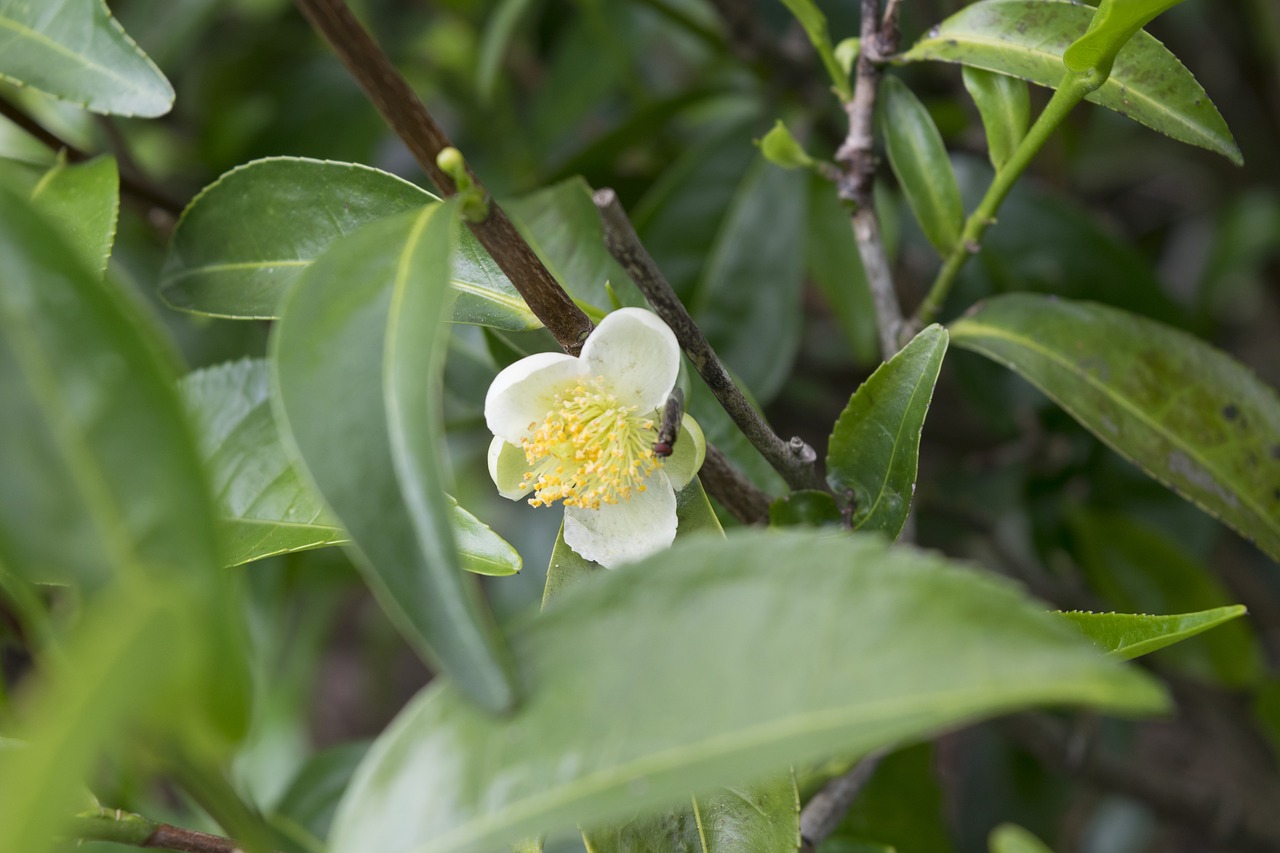Tea Tree Oil
Highly regarded for its variety of uses, tea tree oil is now used around the world in a vast abundance of cosmetic products. Tea tree oil is a traditional medicine for the aboriginals of Australia, whom used it widely to treat insect bites, skin infections, and even bruising. It has anti-microbial, antifungal, anti-septic, and antiviral properties. Recently, studies have shown that tea tree oil makes for an effective insect repellent, a study on cows that were treated with tea tree oil had 60% less flies on them, 24 hours after treatment, than did the cows without a tea oil treatment.
It has been found that tea tree oil is effective at reducing acne, without harmful side effects. Tea tree oil is used as a dental aid, and indicated as a treatment for arthritis, athletes foot, bladder infections, lice, herpes, warts, and colds.
Please use moderation and care when using herbs and read our disclaimer

